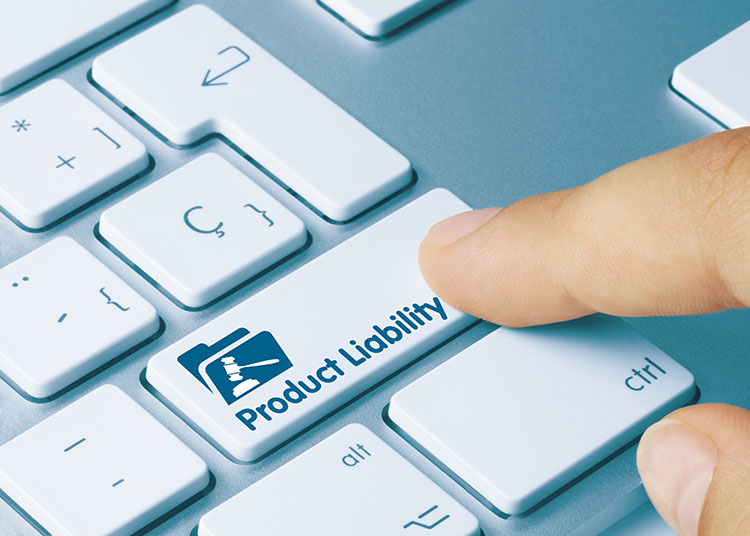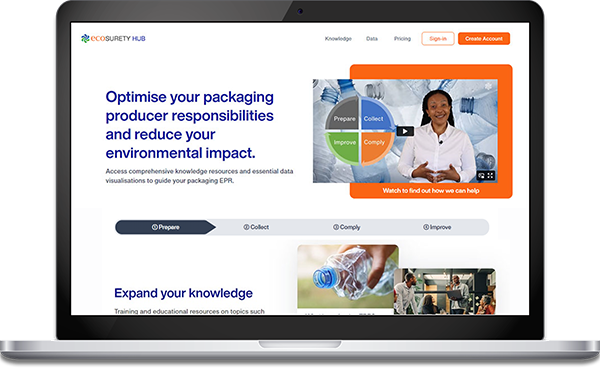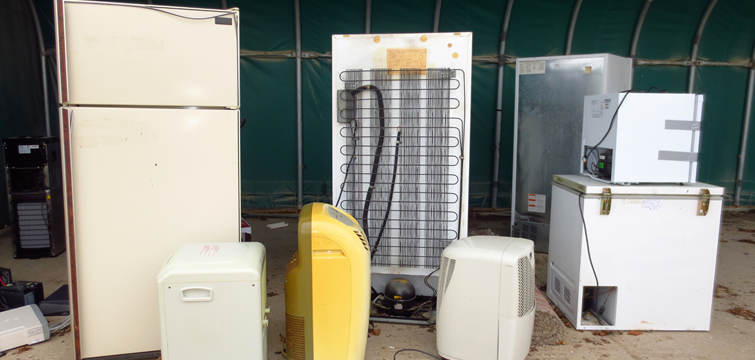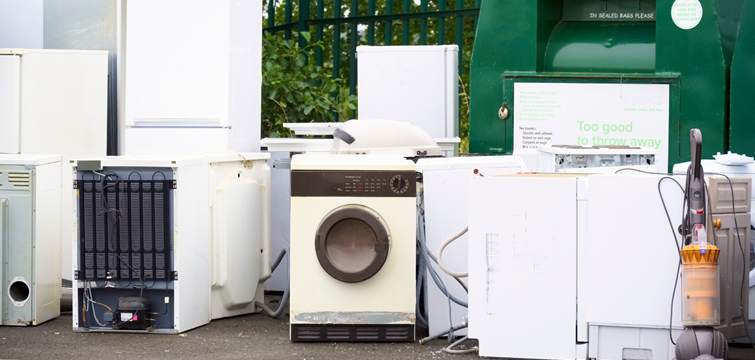As information surrounding the finer details of extended producer responsibility (EPR) for packaging starts to emerge, producers can start preparing to ensure they are ready for the first data submission later this year and a fully implemented system in 2024.
Below we have identified 5 key areas that we think businesses should be addressing now.
1. Identify if you are impacted
This first step is crucial as both obligated business size thresholds and the points of packaging compliance will change under EPR. A new cohort of producers will be bought into the system, those between £1-2million annual turnover and handling between 25-50t of packaging, who have never interacted with packaging producer responsibility before.
Likewise, existing ‘large’ producers operating in the current PRN system may find they lose or gain financial obligations under the single point of compliance, and will likely have three reporting deadlines a year. The first step is to use government’s online checker tool to establish if and for what packaging your business will be liable for.

2. Understand your financial obligations
Financial obligations will change significantly under EPR. The most substantial of these will be introduction of the local authority (LA) waste management fees for household and street binned packaging waste. The fees will likely be charged by the scheme administrator on a quarterly basis from next year, but as yet there is little information on the exact amounts producers can expect to pay. This will be an additional payment stream on top of existing recycling (PRN/PeRN) obligations for household packaging, meaning producers will pay for both LA waste collection services and help finance reprocessors, thereby fulfilling full net cost.
Both these financial obligations should be considered in relation to the move to a single point of compliance. This is particularly true for the PRN/PeRN costs which liable producers currently share along the supply chain. In the new system the liable business, in most cases the brand-owner or importer, will have to cover 100% of this obligation for a given piece of packaging. Combined with the waste management fees this may pose a significant financial implication.
Businesses under the small producer threshold will only have annual reporting obligations, the distributor of their packaging will pick up the financial responsibility. What is clear is that budgets for packaging compliance will substantially increase next year, and cost information from government will be much needed over the coming months.

3. Understand your data reporting requirements
Producers will be required to report a much more granular set of data twice a year for packaging they are liable for under the single point of compliance. The data points needed, that will inform both the continuing PRN/PeRN system and the new LA waste management payments, will be much increased and include expanded material and waste types alongside packaging supply activity. The first deadline for large producers will be 1 October of this year. Small producers will need to start submitting data next year.
What is presently less understood is the new obligation to submit nation-specific data, that will likely become a third additional deadline for most liable businesses. This broadly applies to any producer selling packaging to an end-user but many businesses currently have little visibility of where their packaging becomes waste in complex supply chains. Whilst we are wating on exact details from government on these requirements, producers should start understanding and collecting the required data now to ensure they are prepared for registration and data reporting requirements in only 8 months’ time.

4. Get in control of your data now
It is crucial now that producers get in control of their data to both comply with the new collection and submission requirements and to inform future strategic decisions to improve packaging, its environmental impact and potentially reduce EPR liabilities. Weak points and data gaps should be identified, so liable businesses can understand their biggest challenges when EPR obligations come into force. Processes should be put in place to gather data internally and externally, as data sources from both the supply chain and internal departments will be needed for future requirements. Questions businesses should be asking are ‘what data are you missing for EPR’ and ‘what data do you need to improve?’

5. Be realistic about the resources required
It’s likely that as requirements are significantly increased so too are the resources needed to comply with them. Businesses should start thinking about whether they have adequate resources in place to collect, manage and submit data and whether investment in new systems and people is needed. External resources, particularly compliance schemes such as Ecosurety, can help producers navigate these changes and optimise new requirements under EPR.


Exclusive knowledge to guide your packaging EPR
You may also be interested in...

Q3 2023 WEEE data shows promising collection figures
By Sophie Clelland 11 Dec 2023
Ecosurety divests from WEEE and Batteries compliance
By Louise Shellard 06 Nov 2023
UK on track to meet annual WEEE collection targets
By Sophie Clelland 05 Sep 2023
Promising WEEE collection figures released for Q1 2023
By Sophie Clelland 13 Jun 2023
